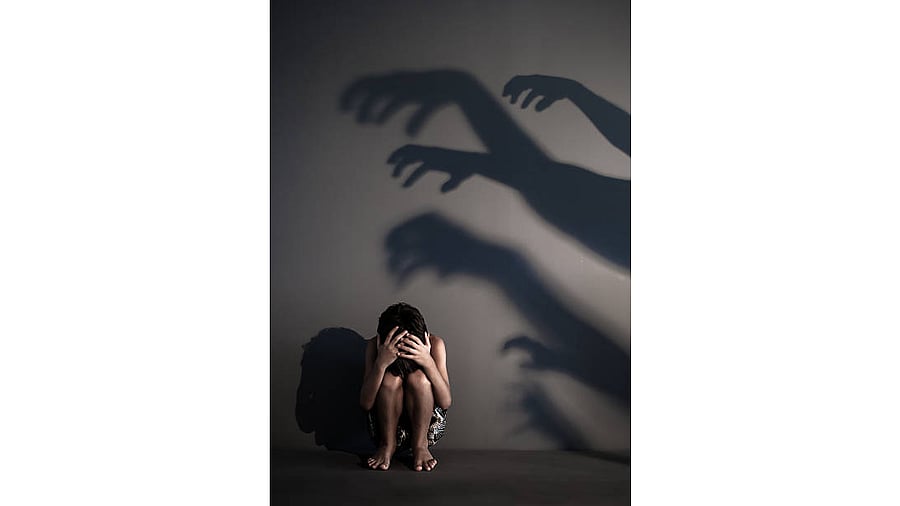
Representative image of sexual violence against children.
Credit: iStock Photo
A global study on sexual violence against children, published in the medical journal The Lancet, has shed more light on the problem. Its findings can inform policy and help formulate countermeasures. The study which covered 204 countries from 1990 to 2023 found that nearly half of the instances of sexual abuse happen for the first time at age 15 or younger and that nearly one in five women (18.9%) and one in seven men (14.8%), globally, experienced sexual violence before the age of 18 years. There are significant region- and country-level variations in the rates of sexual violence reported by individuals aged under 18 years. The study also found that among young survivors aged between 13 and 24 years, 67% of females and 72% of males reported being sexually abused for the first time before the age of 18.
The figures can be useful for policy makers and law enforcement authorities who deal with cases of sexual violence against children. The average global estimate will not be of much value to the local authorities who work with data relevant to their regions. Such information is available in the study – it shows that nearly a third of girls and a seventh of boys aged under 18 in India have suffered sexual violence which includes unwanted physical contact and sexual acts in various degrees. The global average is 19% for girls and 15% for boys. The figures are similar to those reported in many high-income countries such as the US. Even within the country, the incident varies from region to region. There are historical, social and economic factors that influence the occurrence of the offences and these need to be studied deeply to formulate more effective preventive policies and punitive responses.
The study shows that there is a greater prevalence of sexual offences against children in India than in some countries that have less stringent legal and governance systems in place for the protection of children. That may be because India has a better rate of reporting the crimes. If there are other reasons, they need to be identified and addressed. India’s Protection Of Children from Sexual Offences (POCSO) law is considered to be an effective deterrent but the enforcement system
may still have gaps that need to be plugged. Greater
efforts need to be made at the level of society, including within the family and educational institutions. There is also a need for greater sensitisation efforts to enable a shift in attitudes that can encourage better reporting of the offences.
